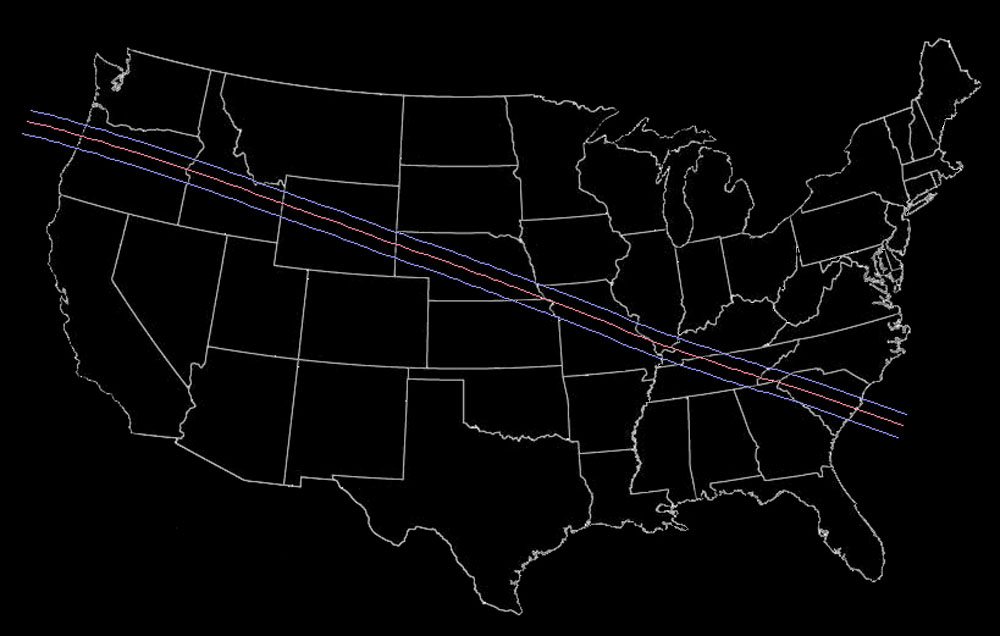N = R* • fp • ne • fl • fi • fc • L
- N = Detectable Electromagnetic emissions
- R* = Star Formation Rate for stars that are suitable for life
- fp = Percentage of the stars that have solar systems
- ne = Number of planets that have habitable conditions
- fl = Percentage of habitable planets that have any sort of life
- fi = Percentage of habitable planets with intelligent life
- fc = Percentage of civilizations who develop detectable technology
- L = Time it takes each civilization to reach detectable signals
Astronomer Frank Drake proposed this concept to estimate the chances of communicating with other intelligent life in the universe in 1961. It was only relatively recently that exoplanets and Kepler planets were discovered, supporting the idea that life may exist on planets with conditions similar to Earth. However, most of the Kepler planets discovered, while similar to Earth do not have suitable life conditions. Now, with the existence of the Drake Equation leading to the high probability that life does indeed exist in other places in the universe, the question stands: If there are aliens, why haven’t we found them? This contradiction is known as the Fermi Paradox. The best explanation we have for this lack of finding other life is that in the entire existence of the universe, civilizations throughout time live relatively short lifespans, destroying themselves before they can ever technologically develop enough to seek out other life.











